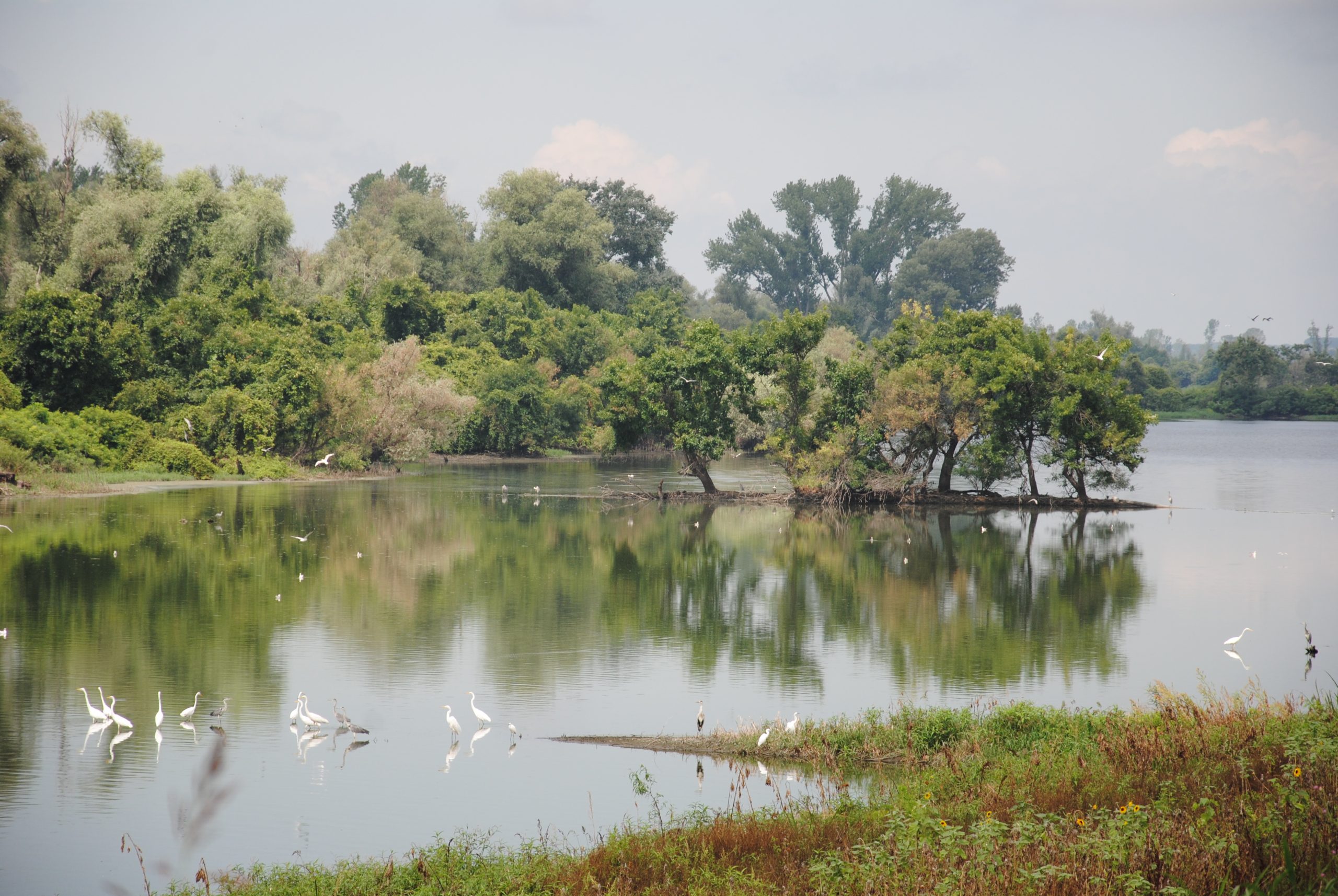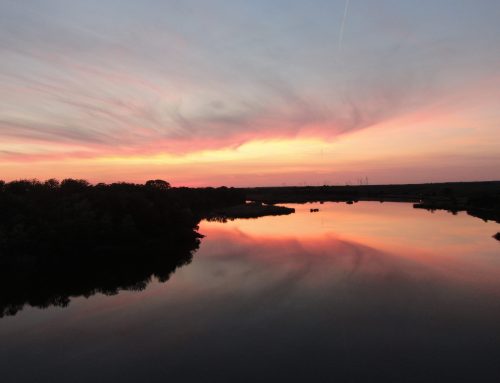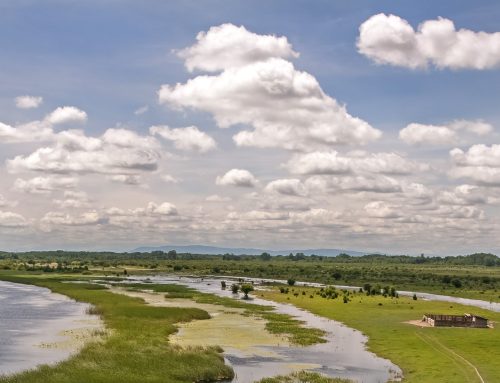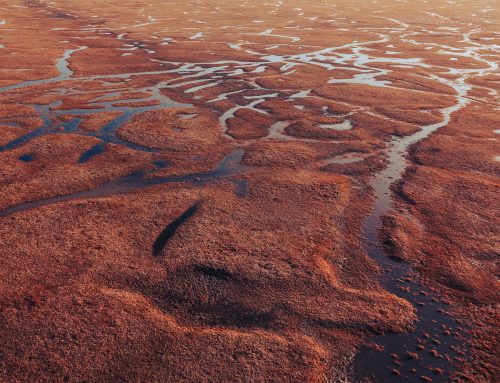Obedska Bara, a genuine natural treasure, spans over nearly 10,000 hectares in the heartland of Southeast Srem, hemmed by the Sava river and picturesque villages of Kupinovo and Obrež. This 9,800-hectare wooded and marshy oasis is home to 91 bird species, and a temporary refuge for an additional 128 species passing through this district during their seasonal migration. This special nature preserve is one of the oldest protected areas in Serbia, offering a variety of various habitats, including swamps, wet meadows, and hundred-year-old forests of European oak.
Obedska Bara is one of the most important bird habitats in Serbia and is rightfully called “A Wetland Birds’ Paradise.” Average water depth of 2.5 meters creates a stable habitat for multiple bird species, while the diverse flora and fauna provide for abundant food sources, rendering the area ideal for nourishment and nesting of species such as black and white storks, herons, eagles, and falcons. Here the birds feed on an abundant supply of fish, amphibians, and small mammals, providing for their survival and development. During autumn and spring, when migratory birds pass through the area, Obedska Bara becomes a key point to rest and recuperate before resuming their migratory path south.
However, this bird paradise is facing some serious environmental challenges. One of them is caused by eutrophication, a process that leads to the pile-up of nutritional substances like nitrogen and phosphorus in freshwater ecosystems, leading to unchecked growth of algae, which in turn consume oxygen and threaten other plants and animals. Moreover, flash flooding and other changes to the water regime additionally threaten the balance of the area.
Additionally, poplar clones are grown for industrial and commercial purposes where once wet meadows – a natural habitat for multiple species – used to be; these single crop plantations do not offer the same type of habitat as autochthonous tree species, negatively impacting the biodiversity in the area. This is further aggravated by the lack of restoration of extinct oak forests.
Active protection measures have been undertaken for decades by competent authorities, the local community, and experts in order to tackle these challenges.
The pond is experiencing a renaissance of sorts, owing to interventions such as the restoration of wet meadows, flood control, and planting autochthonous tree species. This brought the legendary glossy ibis and spoonbill back to their natural habitats after decades of absence. Also, the cattle egret was seen over Serbian skies again, after more than 160 years.
The efforts to revitalize Obedska Bara also include an innovative solution implemented with EU support, within the “EU for Green Agenda in Serbia” project. It involves the breeding and use of water buffaloes to graze on twenty-five hectares of wet meadows, ponds and on edges of forests throughout the area. This nature-based solution will remove invasive plant species and create open water areas that will provide for a higher presence and nesting of birds in Obedska Bara.
Initiatives such as this one give hope for the recovery and preservation of this authentic natural preserve, its status as a ‘bird paradise’ and as a safeguard of the natural balance and biodiversity wealth in Serbia.
“It’s not just a pond” campaign is implemented with the financial support of Sweden, represented by the Swedish International Development Cooperation Agency (Sida), within the “EU for Green Agenda in Serbia” project. This initiative is implemented with the technical and financial support of the European Union and in partnership with the Ministry of Environmental Protection by the United Nations Development Programme (UNDP), in cooperation with Sweden and the European Investment Bank (EIB), with additional funding provided by the governments of Sweden, Switzerland and Serbia.




